And in order to have beautiful fabric, you need quality raw materials. The fabrics we use to make our shirts are made up of natural materials (with the exception of some “technical” fabrics which can contain elastane, particularly for slightly stretchy shirts) : Egyptian cotton, Supima cotton, Sea Island cotton, linen fabrics or even wool and cashmere for winter.
The manufacturers we work with guarantee the exact origin and composition of their fabrics. Renowned for their expertise and quality, we have chosen manufacturers recommended by the textile industry. Our fabrics come from the best Italian, Turkish, Portuguese and Japanese suppliers.

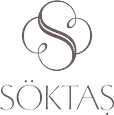

Since the beginning, our company has strived to work with artisans who are well-known in their profession. This is why we choose our partners meticulously. With a wealth of experience of almost 100 years in textile manufacturing, our main partner is a workshop located in Cholet. Its world renowned expertise in shirts coupled with our practical and modern approach to elegance enables us to offer you a high-quality shirt made with durable and luxurious fabrics.
For those who are passionate about traditional shirts, we also work with an Italian workshop located in Bergamo. These shirts make up the Sartorial line and are the most traditional tailor-made shirts in exclusively Italian fabrics. These shirts are made up of many micro details, which are appreciated by connoisseurs, and which require a high level of finishing touches by hand.
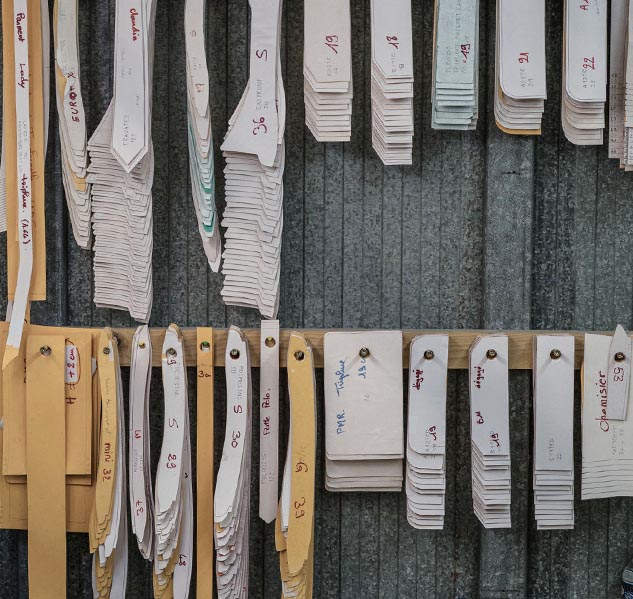
While the classic seam (double stitched), which sews together the pieces of the shirt and sleeves, is the most common, some people opt for the French seam. The latter is done using a single needle machine and although it is more difficult to master, it is also thinner and nicer on the skin. The seam must be sewn twice instead of once with a controlled gesture and therefore requires a more advanced level of expertise.
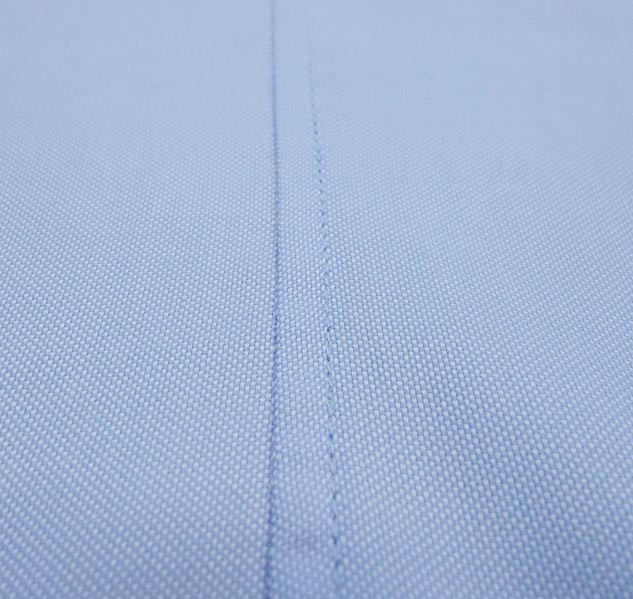
The purpose of this piece of fabric, which attaches the front and back bottom flaps of the shirt together at the side seams, is to strengthen this potential problem area. The quality of our seams, but especially the fact that the shirt is tailor-made for you, means that there is little chance that the shirt will fall apart at this place. However, for the purists or as a purely aesthetic choice, our seamstresses can add this hem gusset.
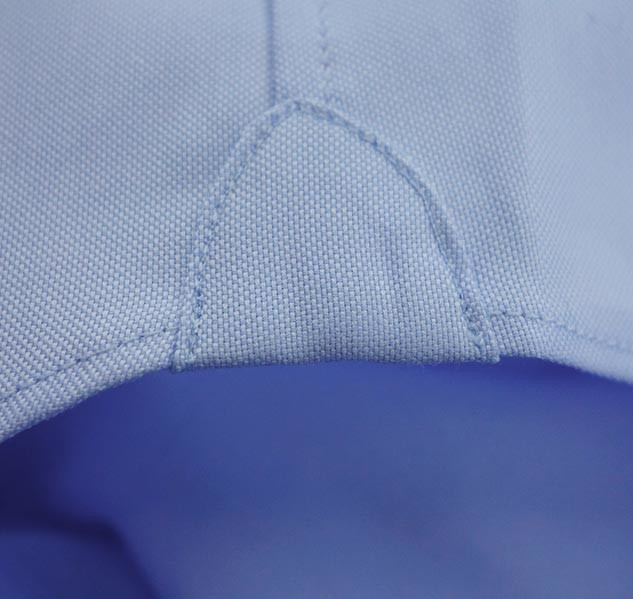
In our "Sartorial" range, the "handkerchief" hem is thinner and more refined than on a classic shirt.
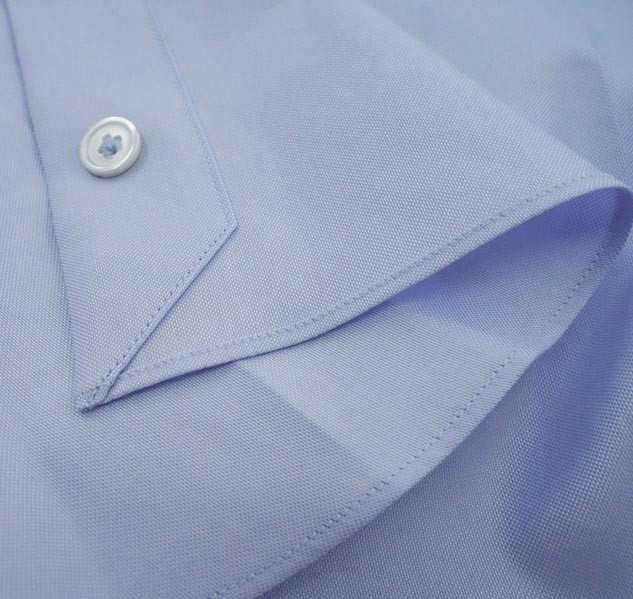
With an offset armscye seam, the yoke and sleeve seams do not meet at a single point, which means the shirt adapts better to the natural draping of the arms. This small detail requires a lot more work as this part of the shirt must be put together in two steps, instead of sewing one single seam. As a result, it is much more comfortable when moving the arms and the draping of the sleeve is more fitted to the arms.
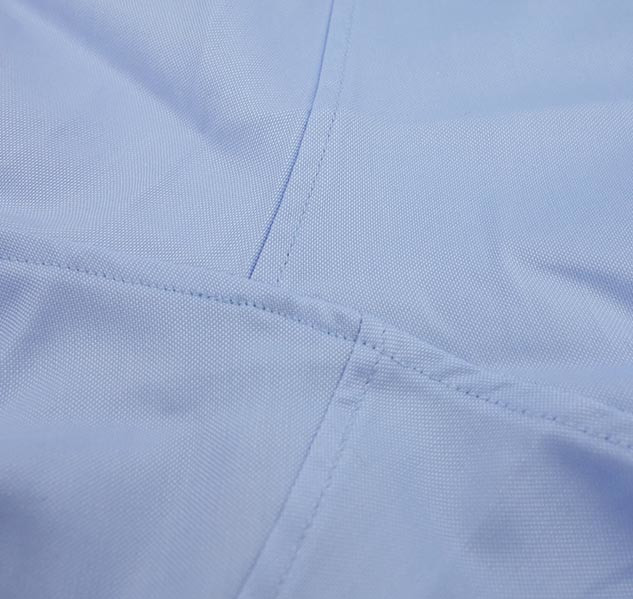
When the chosen fabric is striped or checked, it is important to position the lines perfectly so that they do not cross over each other between each piece. We have state-of-the-art tools in our workshops which means we can skip the cutting table and visualise it directly on a software programme and then decide where to cut the fabric in preparation for cutting later on. Our seamstresses are able to position each piece perfectly before sewing them.
There is no benefit in terms of comfort. It is purely aesthetic.
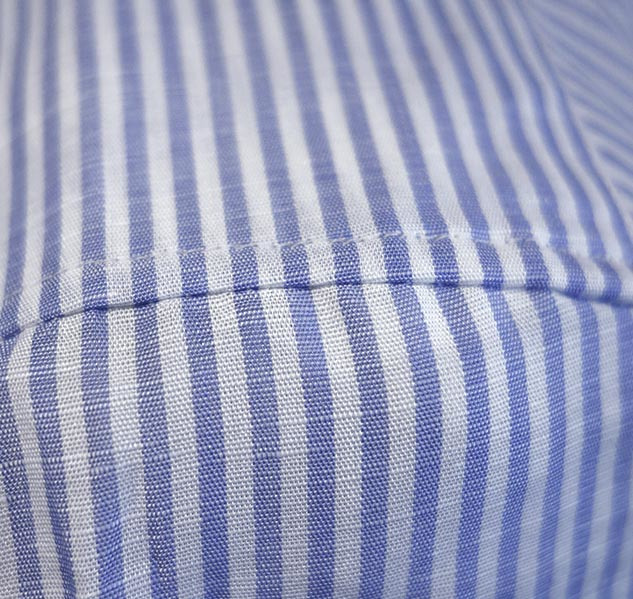
When creating a chevron back (the top part of the back is made up of two pieces of fabric instead of only one), the patterns are aligned to the centre seam at the top of the back. If the shirt is striped, the lines then follow the shape of the shoulders and make an arrow pointing upwards, which is where the "chevron back" name comes from.
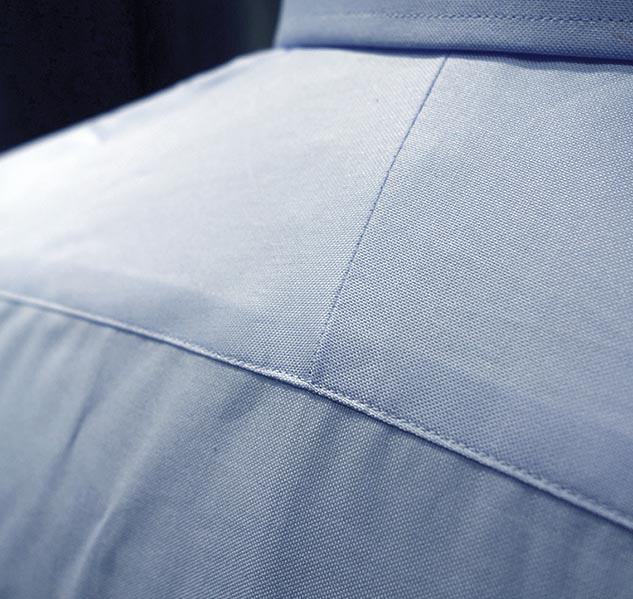
If you choose a button based on its colour, you can open the door to a vast array of different materials (resin, mother-of-pearl, horn) in various shades and forms (flat, snap or thick buttons).
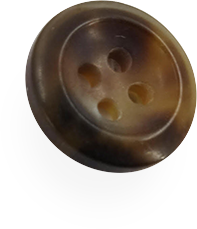
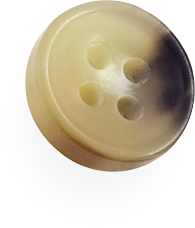
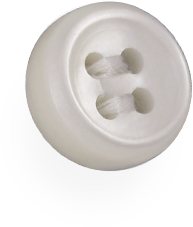
The wrapping system for the Ascolite button
Ascolite is the name of the machine which creates a "button shank". In order to strengthen the stability of the button and to make it easier to button up, this machine pulls the button so that it can wrap the button thread in a slightly elastic filament which is "sealed" to itself.
(Be careful not to iron this shank too much at the risk of seeing the filament fall apart over time.)
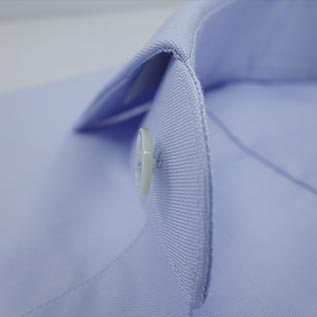
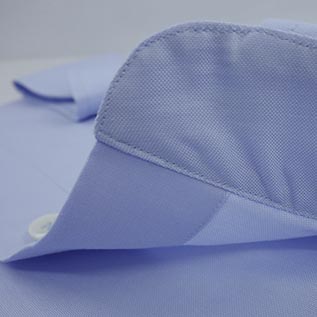
For aesthetes, perfectionists or shirt lovers, we have pushed our requirements even further with our Sartorial line.
The Sartorial line uses a unique system in our French workshop: only the most experienced seamstresses can make these shirts. A Sartorial shirt is entirely made by the same seamstress from start to finish. She is dedicated to people who wish to have a shirt made in the most traditional of ways. Not only does this exceptional shirt have very subtle details, but a large amount of work is done by hand for the finishing touches, which has been mastered by few seamstresses.
| Fabrics | Swann Paris | Swann Sartorial | |
| Single ply cotton | |||
| Two-ply cotton | |||
| Egyptian cotton fabric | |||
| Top of the range fabrics (Albini, Thomas Mason) | |||
| Details and options | |||
| Very close stitching (6 to 9 stitches per cm) | |||
| Shank/Ascolite button stitch | |||
| Chevron back | |||
| Embroidered initials | |||
| Hand embroidered initials | |||
| Mother-of-Pearl buttons | |||
| French seam | |||
| Hem gusset | |||
| 3mm hem at the bottom of the shirt | |||
| Hand-sewn buttonholes | |||
| Pleated shoulder by hand | |||
| Topstitching on the shoulder by hand |